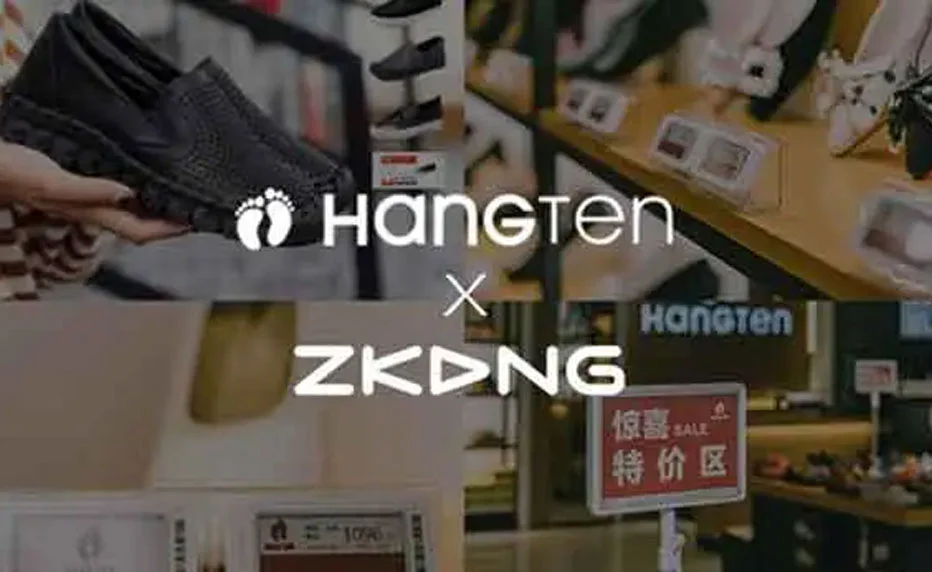Economists believe that since the mid-19th century, the global retail industry has undergone "four revolutions." The first phase saw the expansion of physical retail, with store formats evolving into department stores, supermarkets, and entertainment-integrated shopping malls. The second phase was marked by the rise of e-commerce, based on the internet, which broke down geographical barriers and expanded retail services. The third phase witnessed the decline of e-commerce's early advantages, as offline stores struggled with the impact of online shopping, and the continued price wars left e-commerce unprofitable. The fourth phase, powered by new technologies like big data, cloud computing, and artificial intelligence, brought the emergence of a new retail model integrating both online and offline services, creating new possibilities for the retail market. In recent years, under the dual wave of digitalization and intelligence, China's retail industry has undergone an unprecedented transformation.

More than two decades ago, the "supermarket" format revolutionized retail, quickly changing the entire industry landscape. Today, with the rapid development of the internet, digitalization, and artificial intelligence, an even more intense retail revolution is on the horizon—new opportunities and new challenges. To understand what drives these changes, we need to look back: What forces triggered the last retail transformation? Remember when supermarkets introduced a whole new consumer experience: customers could freely pick and choose products and check out at the register. This was a step up—more modern and stylish. Compared to earlier sales models, it saved on labor, increased efficiency, and reduced procurement costs. Now, as the internet and e-commerce industries rapidly evolve, retail is undergoing wave after wave of transformation, setting higher demands for traditional offline retailers in terms of products, channels, and services. Digital transformation has become key.
This marks a turning point for the electronic shelf label industry, with the next decade expected to bring golden market opportunities for electronic shelf labels manufacturers.
So, how large is the market for digital shelf edge labels? Currently, there are more than 100,000 top chain supermarkets in China alone, which will require over a billion esl labels. Across the entire retail industry, including convenience stores, fruit shops, pharmacies, bakeries, and more, there are hundreds of billions of digital shelf edge labels in use in the Chinese market, with an even larger global market. According to BNP Paribas, by 2024, over 2,000 retailers with more than 1 million physical stores worldwide will deploy esl labels. According to CINNO’s statistics, the global market size for electronic pricing labels is expected to reach 34.9 billion yuan by 2028.

With digital shelf edge labels, retailers can adjust product prices in real time. The dynamic display of member prices and promotional prices not only makes it easy for consumers to see, but also stimulates their purchasing desire, directly boosting sales. From helping supermarkets save money to helping them earn more, esl labels are not just price displays; they also integrate advertising, marketing, and consumer data analytics functions.
The rise of electronic pricing labels represents a significant milestone in retail's digital transformation. It’s not just about displaying prices; it’s about enhancing customer experiences, streamlining store management, and tapping into the potential of data-driven retail. As the market for digital shelf edge labels continues to grow, the future of retail looks increasingly smart and interconnected.


